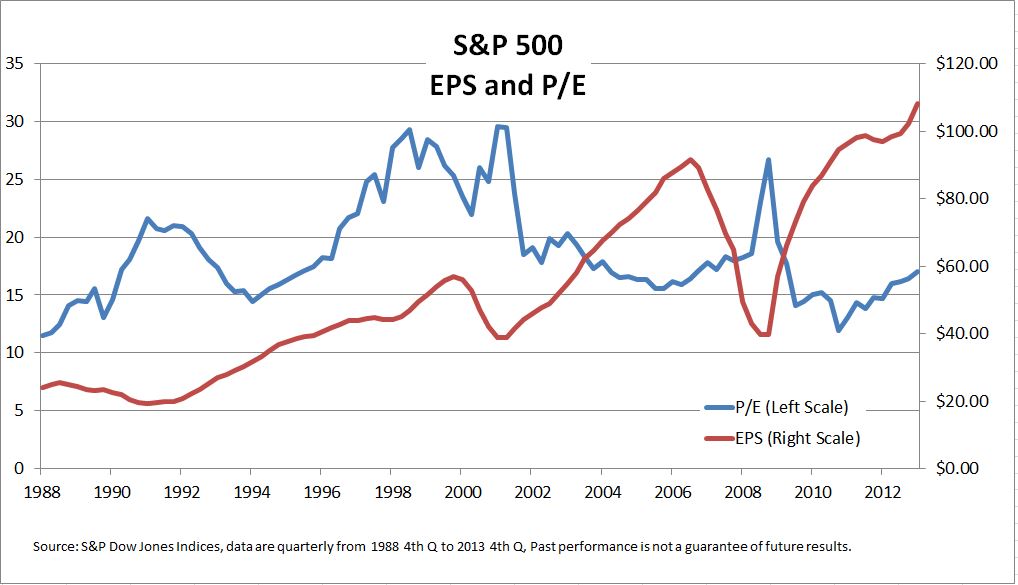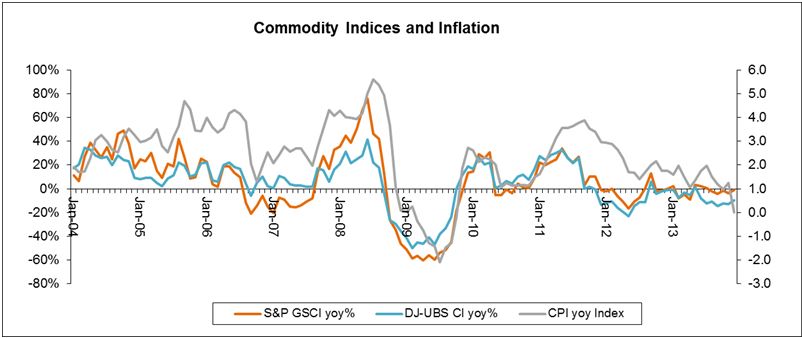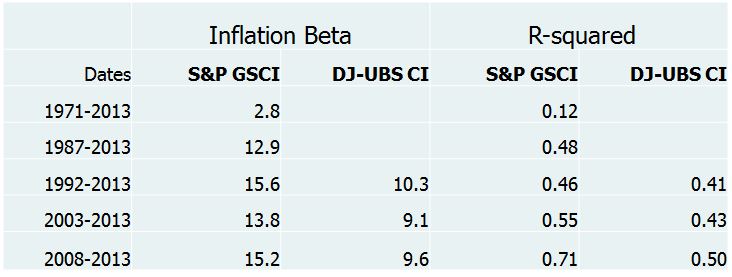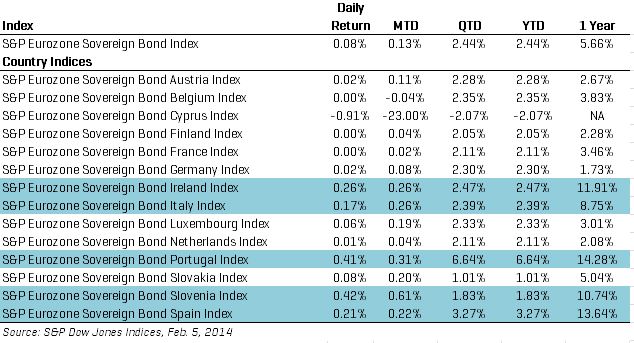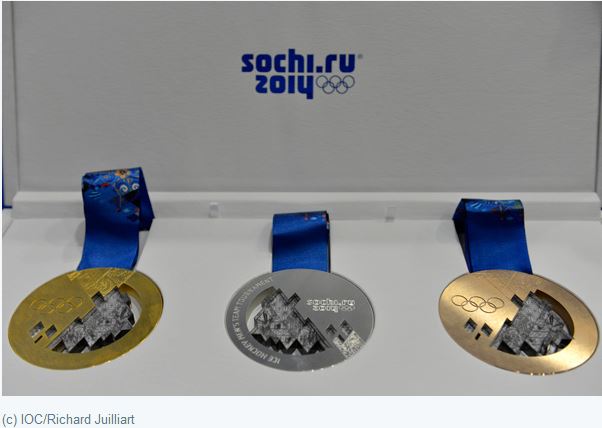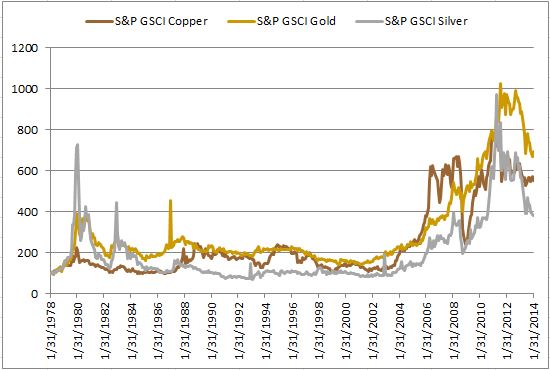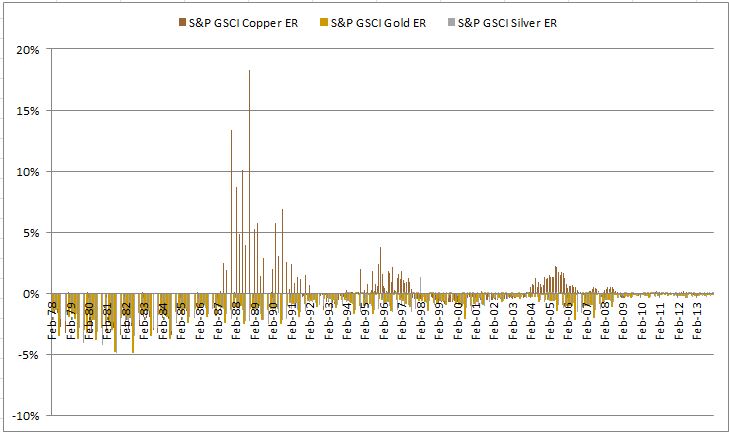In honor of the Chinese New Year, 2014 – Green Wood Horse (馬 午), CCTV interviewed me on lumber. As for other commodities, The Year of The Horse should be prosperous for lumber, especially for China’s sawmill industry, enabling them to support their construction boom by importing whole logs and sawing them into lumber at a cheaper price than buying the already sawn lumber.
In case you are interested, here is the script:
- What’s the Outlook for lumber in 2014? What is important about the lumber prices is that they are potentially more volatile than commodities with more developed futures markets. Since lumber is more segmented than the key commodities in the global benchmarks, futures as hedging tools are less efficient for producers and consumers. What lumber prices do have in common with more liquid commodities are that once again they are being heavily impacted by supply shocks that drive the returns to be unique from other assets. This is true for most commodities since the effect of the risk-on risk-off environment from the quantitative easing seems to be diminishing.
- What are the factors influencing the lumber industry? The US housing starts, Chinese urbanization and potential growth from India are strong influences on the demand side of the lumber industry. However, one of the most impactful changes has been the domestic sawmill industry developing in China to support its construction boom. It is cheaper for them to import whole logs and saw it into lumber rather than to import the sawn lumber. While forest land owners have benefitted from the surge in Chinese demand of logs, saw mills and other forest product industries suffered across the world from the Pacific Northwest to Russia. The radically altered global trade flows have created a number of winners and losers in the spectrum of the lumber industry.
- What are the factors affecting prices? Possible declining demand from Japan and Canada needs to be offset by growing Chinese and U.S. demand. US housing starts have a big influence and rising rates may be a big threat to the lumber price. Many analysts are looking for new housing starts to increase more than 20% or 175,000 units in order for lumber to have a strong year. If global demand can grow roughly 3.5% then that should be supportive of lumber prices and any demand growth beyond 4% should be very favorable. Further, since commodities have been more sensitive to supply shocks, the beetle impact is notable, although the epidemic seems to be over.
Also, I’ve included a number of links you might find useful on lumber:
http://www.westernforestry.org/Events/wp-content/uploads/2013/08/Elstone-new.pdf
http://www.woodbusiness.ca/industry-news/global-lumber-outlook-for-2014
http://blogs.wsj.com/developments/2014/01/17/housing-starts-forecast-for-2014-past-is-not-prologue/
The posts on this blog are opinions, not advice. Please read our Disclaimers.



